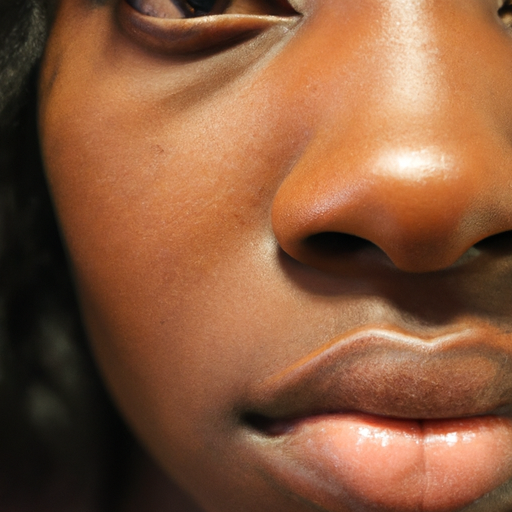As a dermatologist, I am often asked about the best ways to maintain healthy, radiant skin. One of the most effective methods is through regular skin exfoliation. This process involves the removal of dead skin cells from the surface of your skin, promoting cell turnover and revealing a fresh, glowing complexion. However, it’s not as simple as just scrubbing your face with a rough cloth. Masterful skin exfoliation requires a careful approach and understanding of your skin type.
Firstly, it’s crucial to understand why exfoliation is important. Our skin naturally sheds dead cells every 30 days or so. However, this process can slow down with age, leading to dull, dry, or flaky skin. Regular exfoliation helps speed up this natural process, preventing clogged pores that can lead to acne and other skin problems. Moreover, by removing the outer layer of dead skin cells, exfoliation allows better penetration of skincare products, making them more effective.
There are two main types of exfoliation: physical and chemical. Physical exfoliation involves using a scrub, brush, or other tools to manually remove dead skin cells. This method can be effective but must be done gently to avoid damaging the skin. Over-exfoliation can lead to redness, irritation, and even breakouts. It’s recommended for those with oily or thicker skin as they can tolerate the friction better.
On the other hand, chemical exfoliation uses acids or enzymes to dissolve dead skin cells. Alpha hydroxy acids (AHAs), beta hydroxy acids (BHAs), and retinoids are commonly used in chemical exfoliants. AHAs like glycolic acid are water-soluble and work on the surface of the skin, making them suitable for dry or sun-damaged skin. BHAs like salicylic acid are oil-soluble and penetrate deeper into the pores, making them ideal for oily, acne-prone skin. Retinoids, derived from vitamin A, work at a cellular level to promote cell turnover and collagen production.
Choosing the right exfoliation method depends on your skin type and concerns. For sensitive skin, a gentle chemical exfoliant with lactic acid or a fine physical scrub can be used once a week. For normal to dry skin, a weekly AHA-based exfoliant or a gentle scrub can help remove dead skin cells without stripping the skin’s natural oils. For oily or acne-prone skin, a BHA-based exfoliant can be used 2-3 times a week to keep pores clear.
It’s important to remember that exfoliation makes your skin more susceptible to sun damage. Always apply a broad-spectrum sunscreen with an SPF of at least 30 after exfoliating, even on cloudy days.
Lastly, don’t forget to moisturize. Exfoliation can leave your skin feeling dry, so it’s essential to replenish the moisture immediately. Look for products with hyaluronic acid, ceramides, or glycerin to keep your skin hydrated and glowing.
In conclusion, masterful skin exfoliation is a delicate balance of understanding your skin type, choosing the right method and products, and following up with proper sun protection and hydration. It’s always best to consult with a dermatologist before starting any new skincare regimen. With the right approach, you can unveil your skin’s natural radiance and maintain a healthy, youthful complexion.



